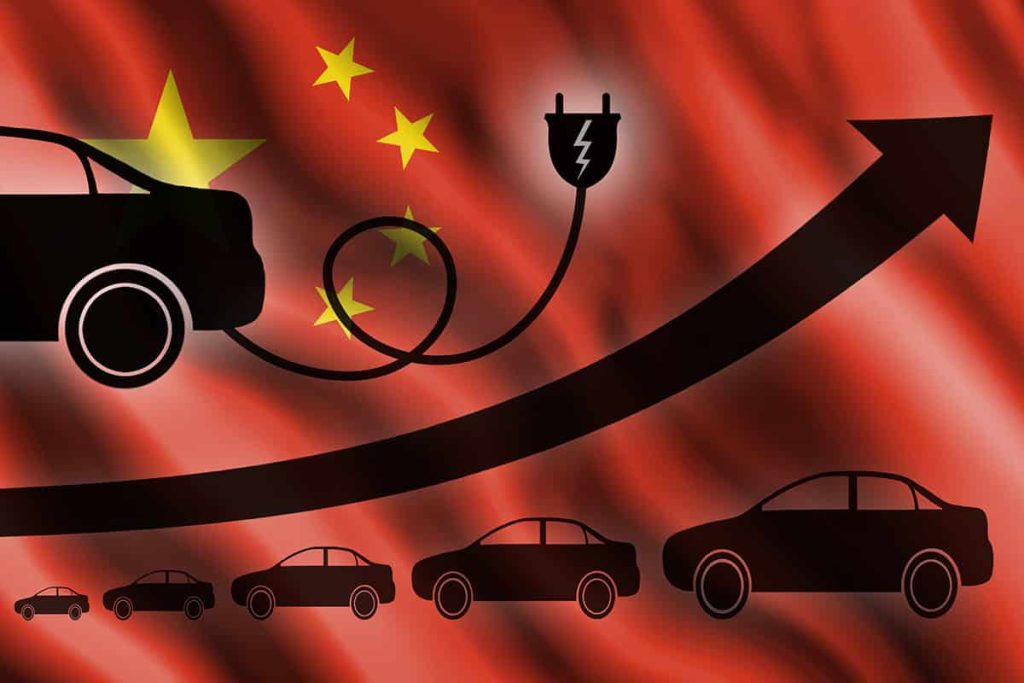Europe’s two biggest automakers are fighting hard to prevent Chinese electric vehicle imports from gaining a foothold in their territory.
Stellantis CEO Carlos Tavares is watching with concern the negotiations between the Italian government and Chinese automaker Dongfeng Motor; Stellantis, which has Italian legends Fiat, Alfa Romeo and Maserati under its huge roof, does not want Dongfeng to build a plant in its playground. Qian Xie, head of Dongfeng in Europe, is in early talks with Prime Minister Georgia Meloni to establish a plant with an annual capacity of 100,000 vehicles.
For the Italian government, the presence of the Chinese automaker will mean jobs. For Tavares, this could mean losing sales and market share to Dongfeng’s cheaper brands Voyah, M-hero and Nammi.
Renault CEO Luca De Meo also sees the threat. In a 19-page letter to European leaders sent in March, De Meo highlighted the “rapid penetration of Chinese brands into the electric vehicle segment.” In 2022, they already captured 4% of the European market, and imports from China have increased fivefold since 2017.
Cheaper cars such as MG and BYD, and then the Shanghai-made Tesla Model Y, are becoming popular in Renault’s fringes. Not only is China cheaper, but the country controls 75% of battery production capacity and 50% of rare metal mines.
To counteract these advantages, De Meo is pushing for an Airbus-style alliance of European automakers: a “European platform for purchasing critical materials” that would enable them to demand better prices. They could also develop common standards and even “share 70% of the technical content of cars, the part that consumers don’t see,” De Meo argued in his call for a “transnational approach.” Supporting his argument is the sheer size of the European car industry, which employs 13 million people and accounts for a trade surplus of €102 billion. However, the heads of Volkswagen and Mercedes Benz did not express their support. Rather, they are focused on protecting their strong business in China.


